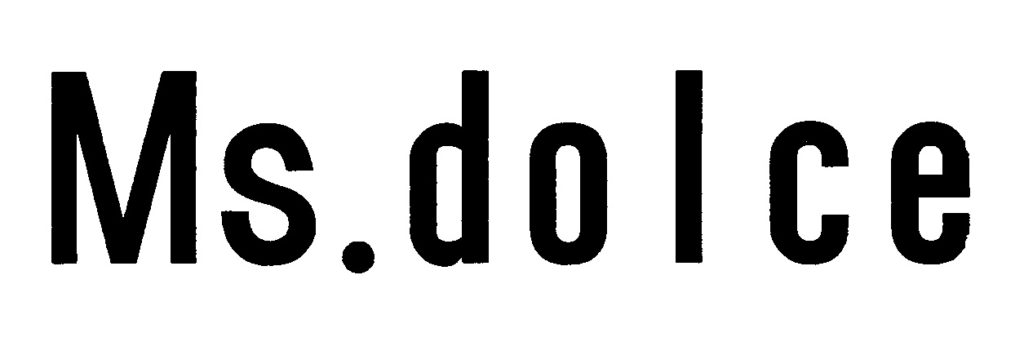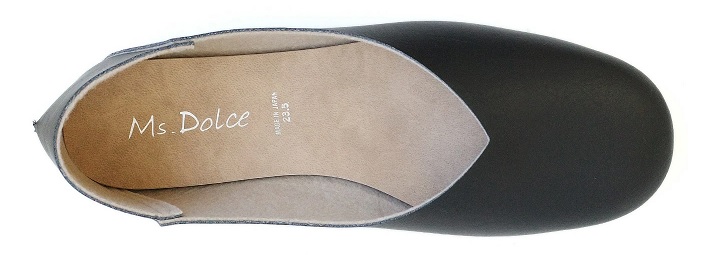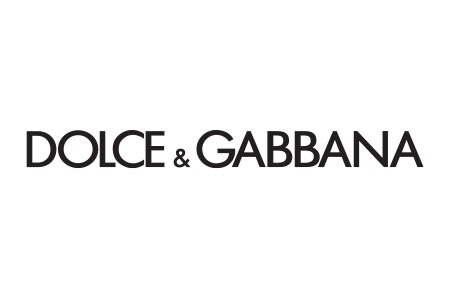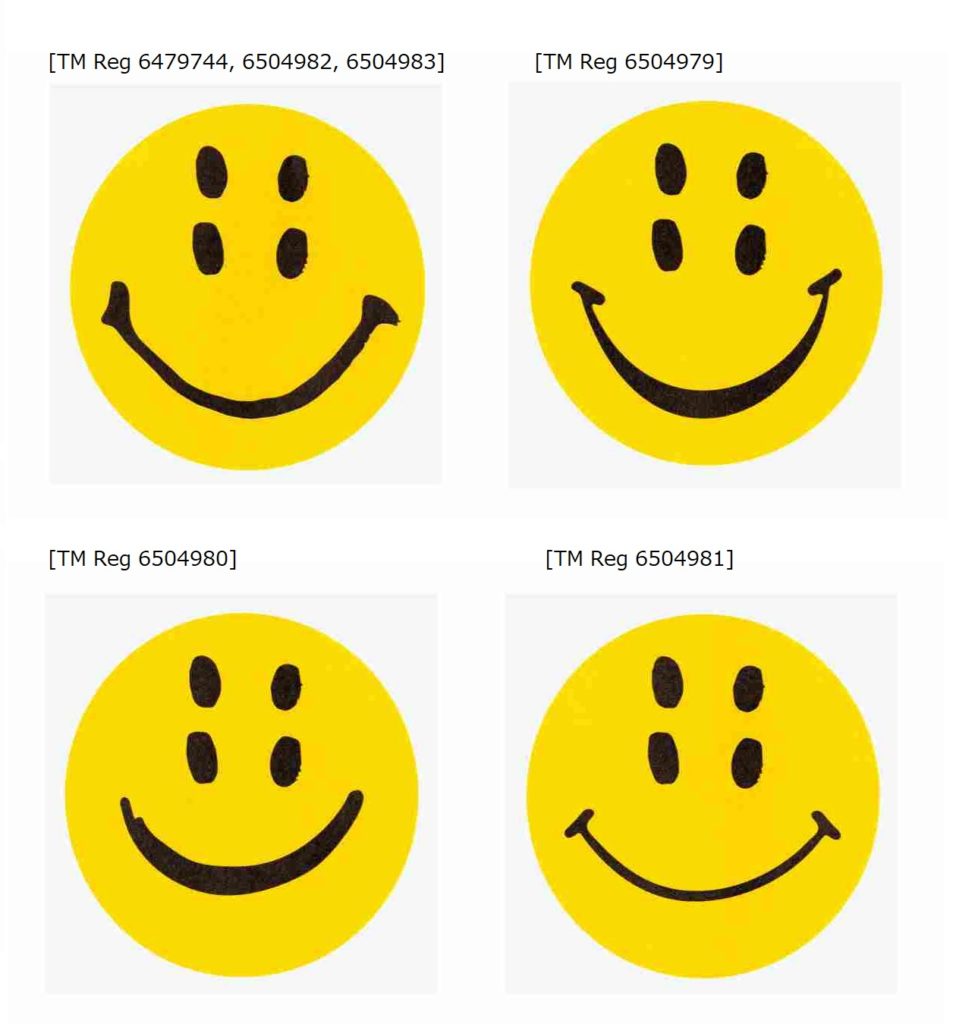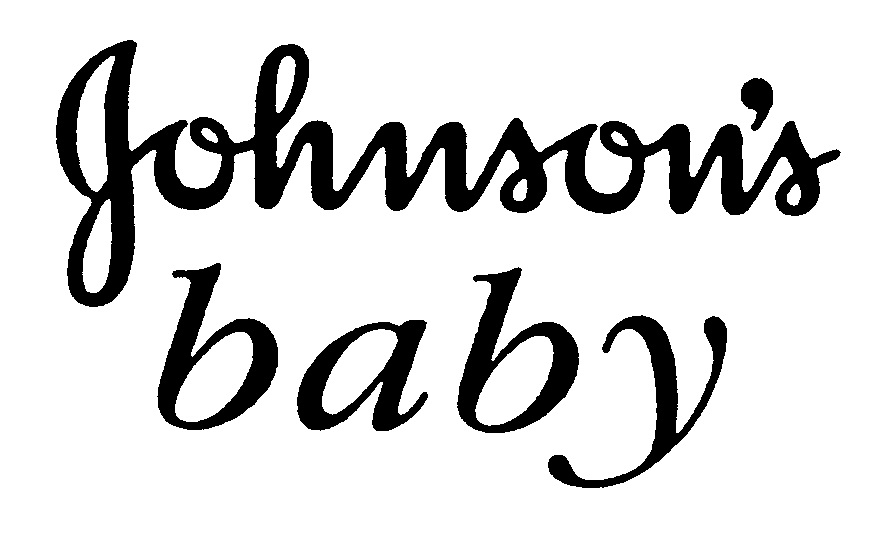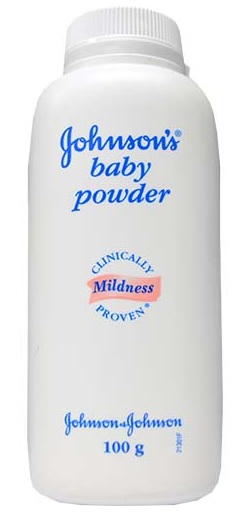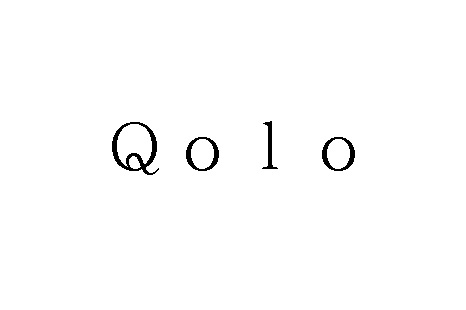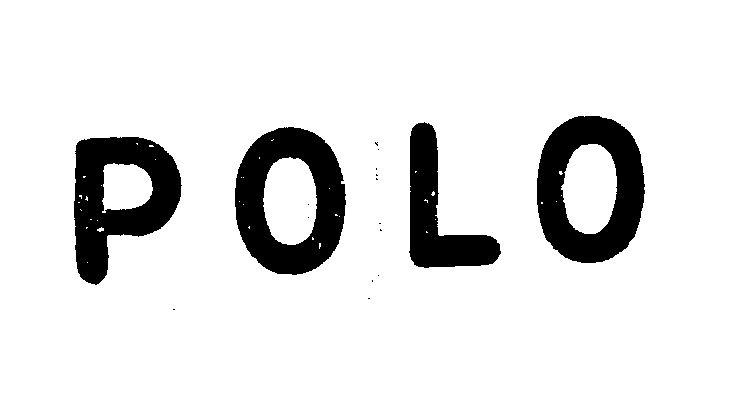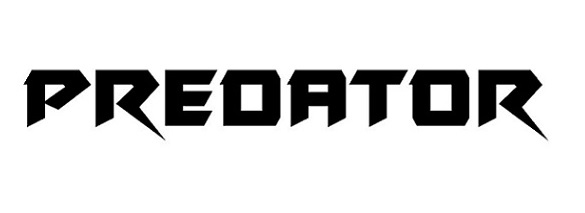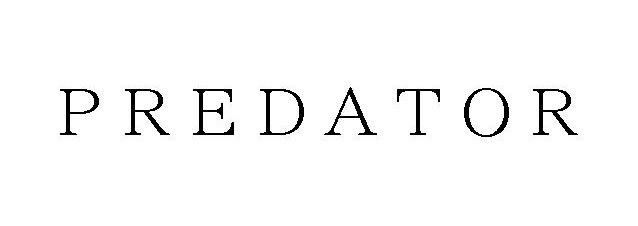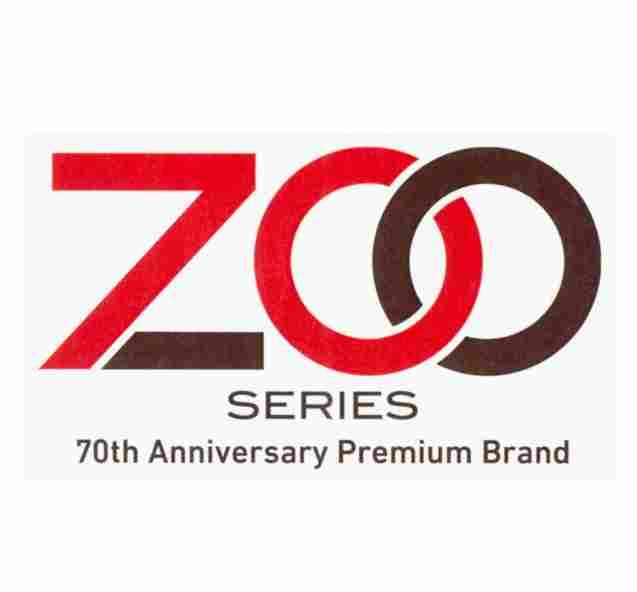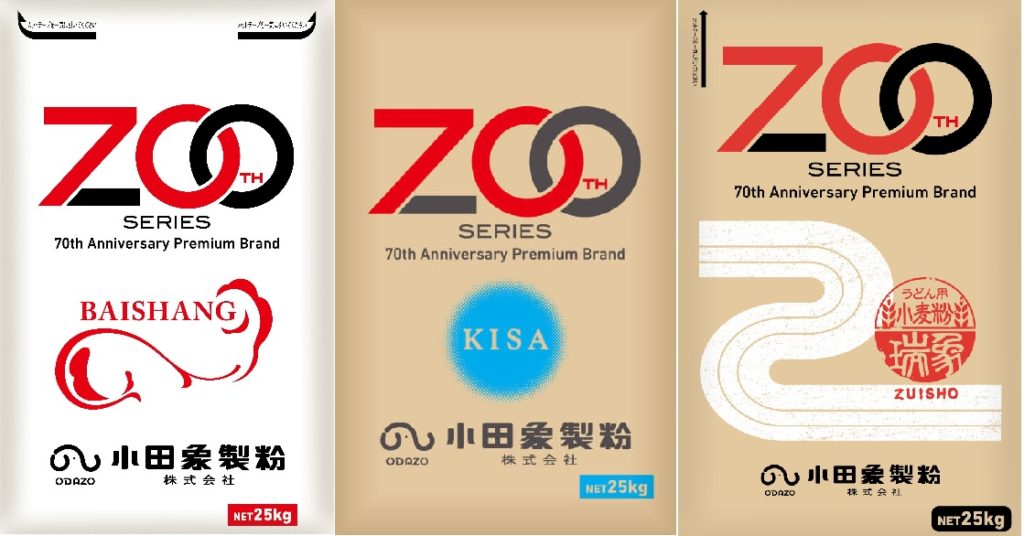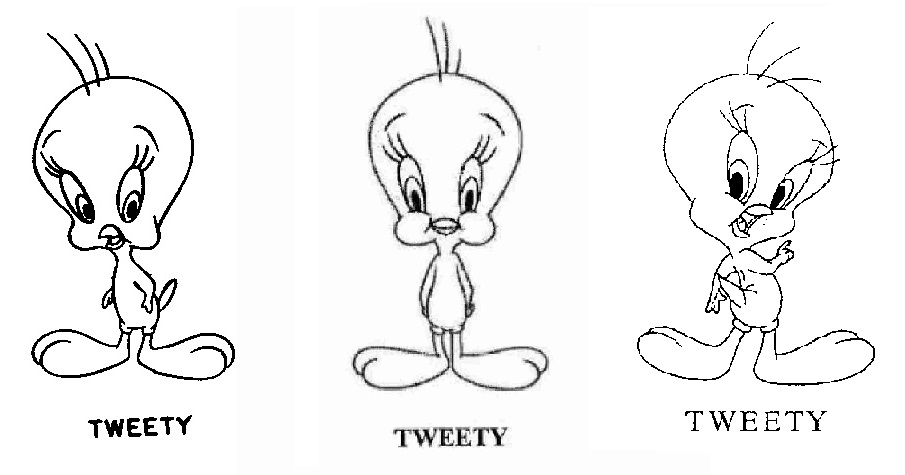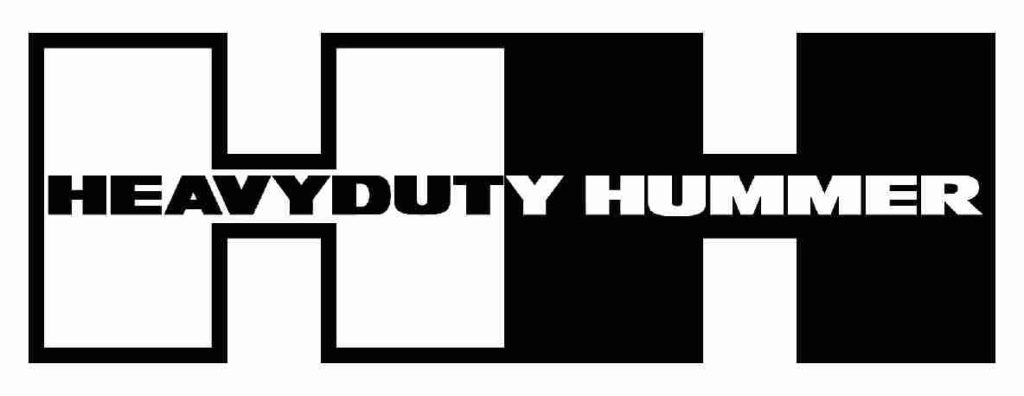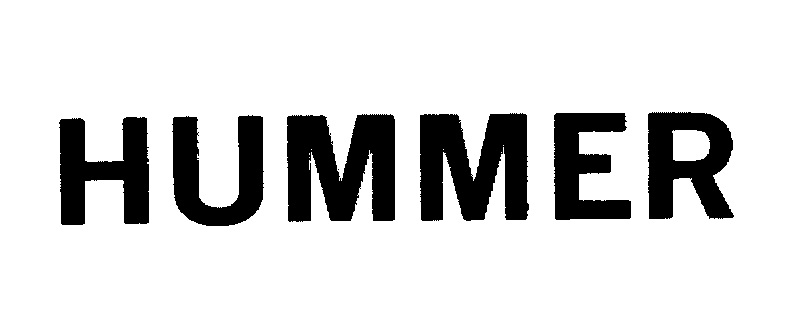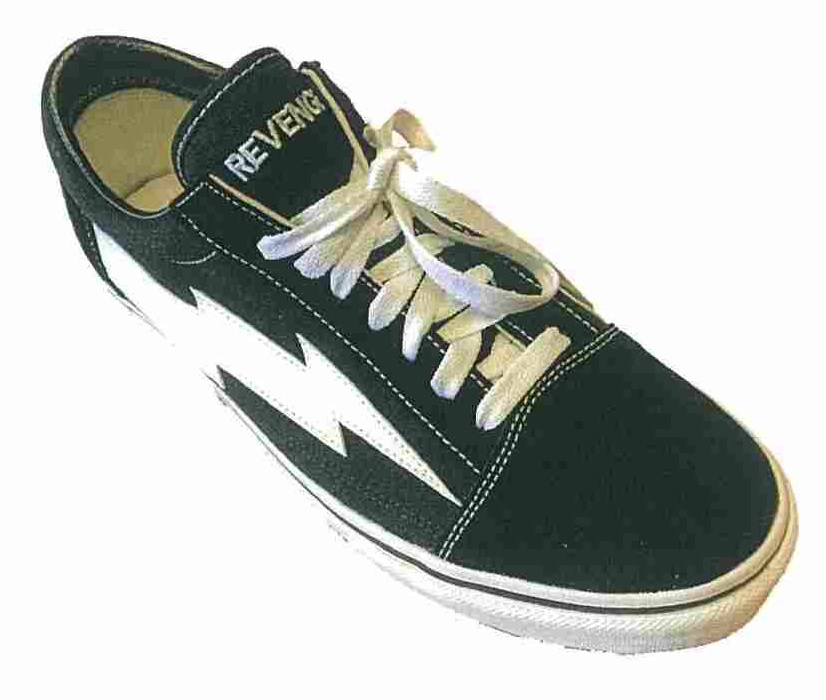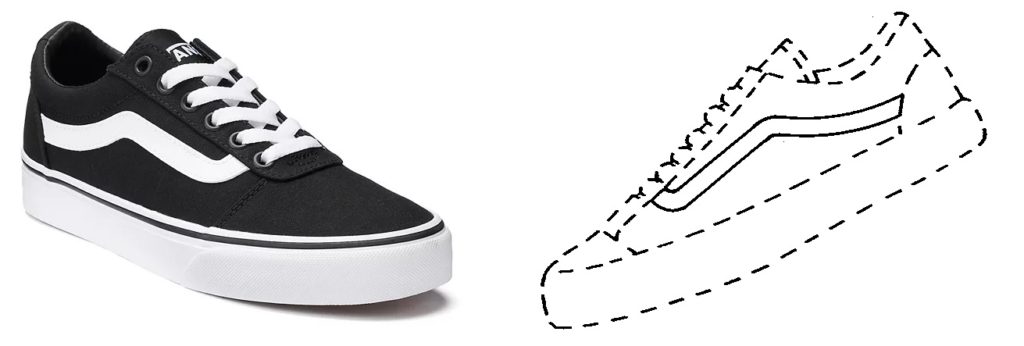The Japan Patent Office (JPO) dismissed an opposition filed by Wilson Sporting Goods Company against TM Reg no. 6520718 for the mark “Werwilson” with a device in class 25 by finding less likelihood of confusion with “Wilson”, the iconic American sporting goods brand when used on goods in class 25.
[Opposition case no. 2022-900124, decided on March 29, 2023]Opposed mark
The opposed mark, consisting of two literal elements “Wer”, “wilson” and encircled “w” device placed in between them (see below), was sought registration by a Chinese company for use on apparel, footwear, and sports shoes in class 25 with the JPO on July 9, 2021.
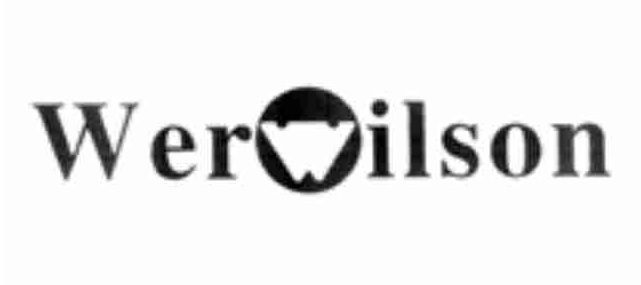
The JPO granted protection of the opposed mark and registered on March 1, 2022, and published it for a post-grant opposition on March 9, 2022.
Opposition by Wilson
On March 28, 2022, Wilson Sporting Goods Company, originally known as the Ashland Manufacturing Company, created in 1913 in Chicago (US), a subsidiary of Amer Sports Corporation, opposed registration and claimed the opposed mark is confusingly similar to earlier registrations for their iconic mark “Wilson” (see below) and thus shall be canceled in contravention of Article 4(1)(xi), (xv) and (xix) of the Japan Trademark Law.

Wilson argued that visually the opposed mark can be conceived of as “We’re Wilson”. By virtue of a high level of brand recognition of “Wilson”, the opposed mark would give rise to a pronunciation and meaning of “Wilson” from its prominent portion. Given a close association of goods and consumers between the opposed mark and Wilson, relevant consumers are likely to confuse a source of the goods in question bearing the opposed mark with Wilson or another entity economically or systematically connected with the opponent.
JPO decision
The JPO Opposition Board admitted the famousness of the “Wilson” mark as a source indicator of the opponent in connection with tennis and sporting goods among relevant consumers in Japan.
However, the Board found that the opposed mark would not be conceived of as “We’re Wilson” from its configuration. Besides, the opposed mark does not give rise to the pronunciation and meaning of “Wilson” as a whole or in part.
If so, both marks are dissimilar from visual, phonetical, and conceptual points of view.
In view of the low degree of similarity of the marks, the Board has a reason to believe that relevant consumers with ordinary care are unlikely to confuse the source of goods in question using the opposed mark with Wilson.
Based on the foregoing, the JPO dismissed the entire allegations and decided that the opposed mark shall remain valid as the status quo.

